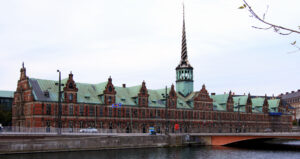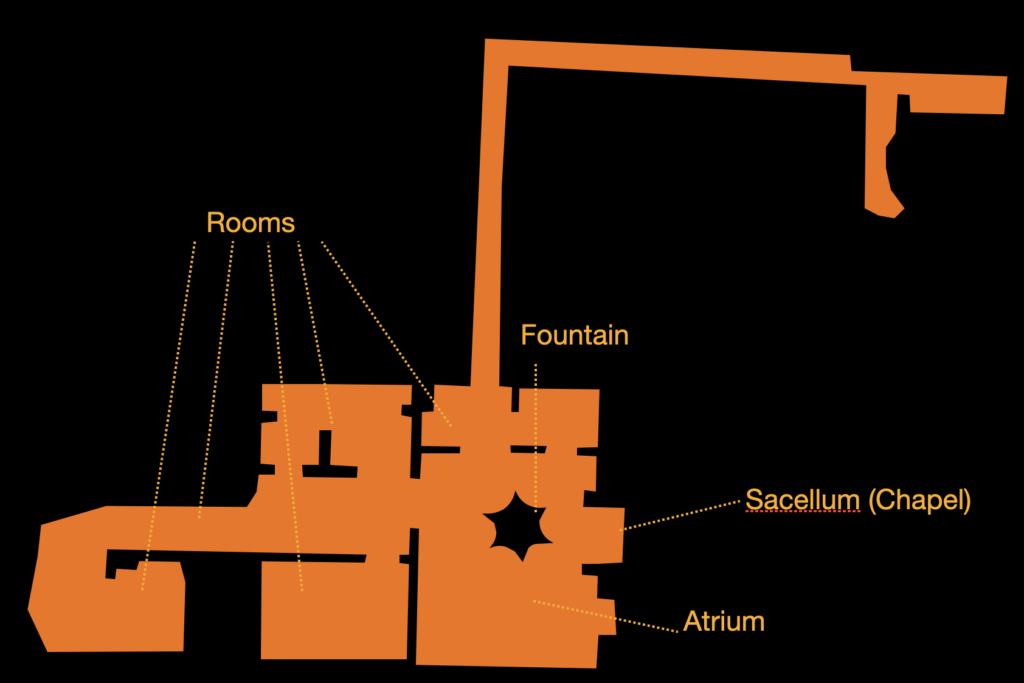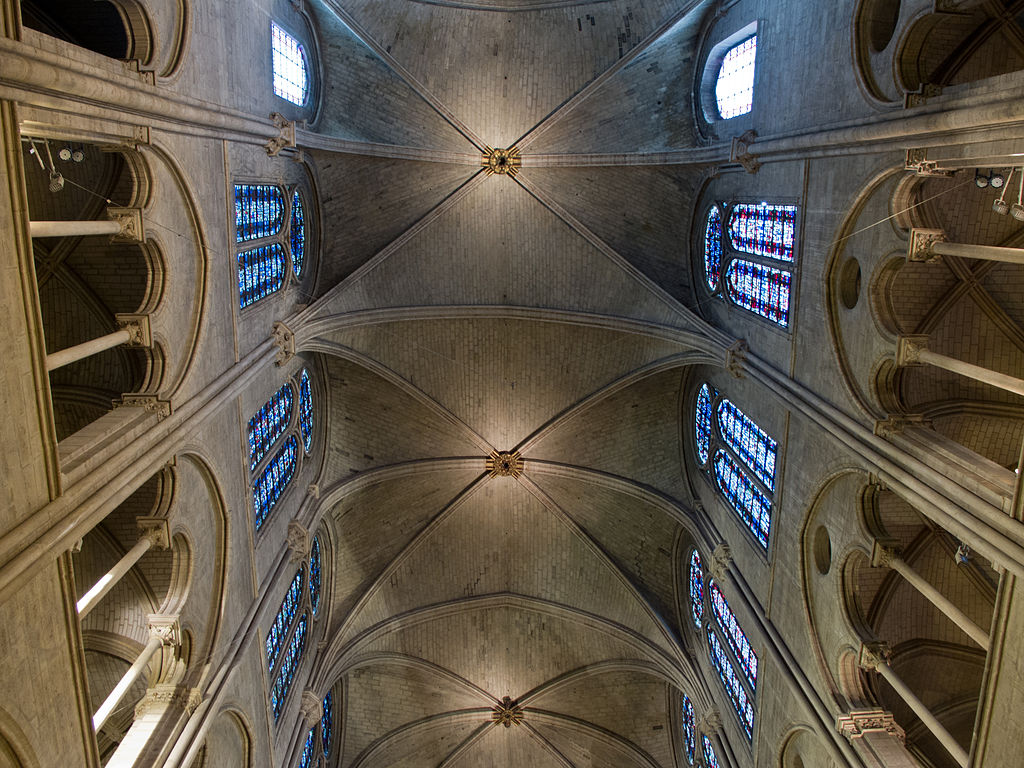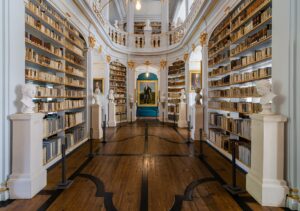Vegetation Fires and Cultural Heritage: the Getty Museum Case
On December 5th, 2017, a large brush fire in California has forced the evacuation of tens of thousands of people and destroyed hundreds of homes and other buildings. According the media no injuries or structural damage have been reported, although the museum has been threatened and closed to the public on Wednesday 5th.
An important aspect of the fire that obliged Authorities to close the freeway through the Sepulveda Pass, is related to fire safety of art collections and museums in general in case of vegetation or forest fire. The Getty Center has been closed for one day because of wildfires burning across the 405 Freeway. According media “officials say the flames pose no immediate danger to the museum’s art”.
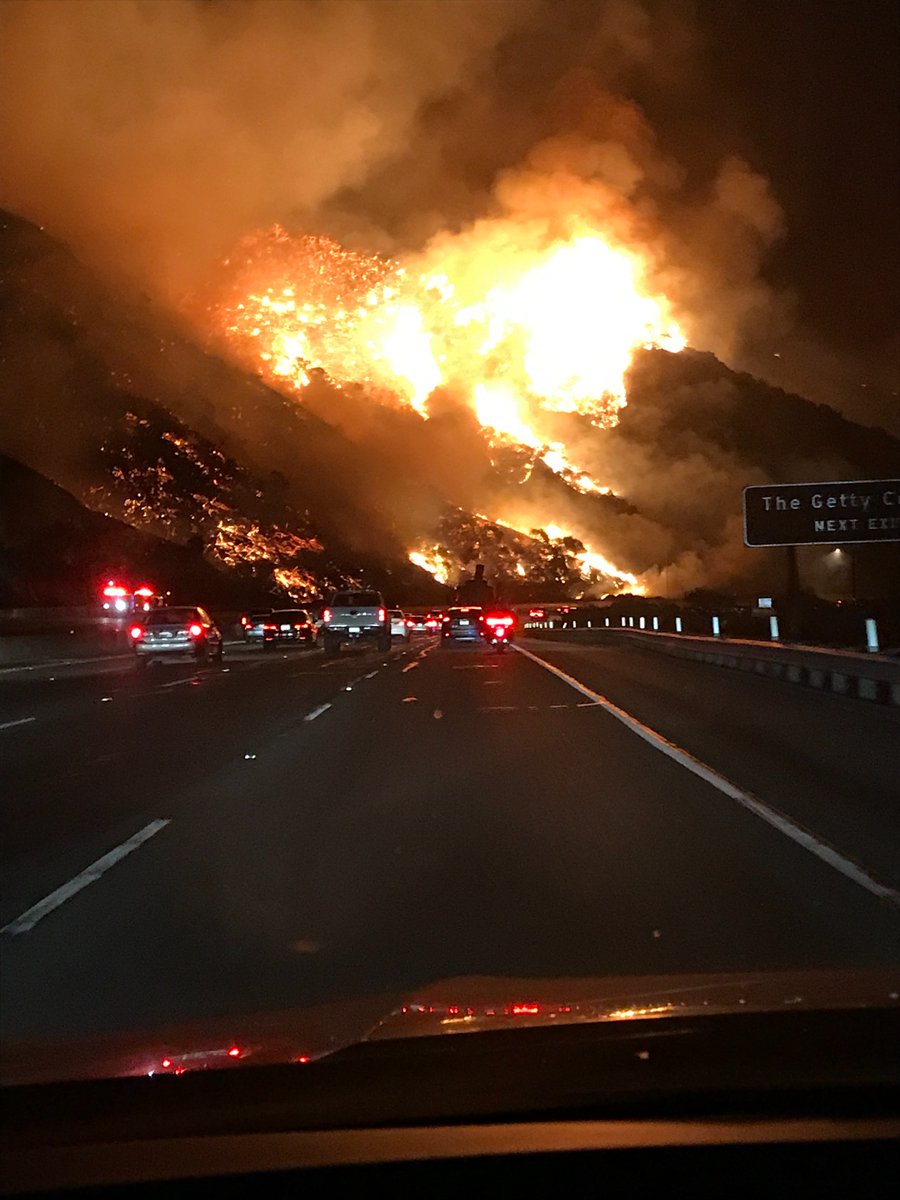
At 07:11 – 6 dic 2017 the Center has released the following tweet: The Getty Center is closed to the public today. The fire is northeast of the Getty Center and east of the San Diego Freeway. Air filtration systems are protecting the galleries from smoke. We continue to monitor the situation and will issue updates as we have them.
The Getty’s vice president of communications, has explained that “the safest place for the art is right here at the Getty”.

The key points fo the specific fire safety strategy adopted by the museum against vegetation fire can be summarised as follows:
- the thickness of the walls and doors, designed to compartmentalize any flames;
- travertine stones ()which has fire-resistant characteristics) on major external walls;
- fire resistant crushed stone on flat roofs;
- smoke detection and sprinklers;
- sophisticated air filtration system and pressurization systems (with the possibility of reverse flow);
- water reservoir to supply suppression systems;
- on-site helipad to fill helicopters with water;
- large-diameter loop to feed hydrants of the property;
- the zone around the building is kept green with fire-resistant plants;
- the area surrounding the campus is kept clear of grasses;
- a canopy of oak trees has been planted in order to suppress the growth of vegetation that could feed a vegetation fire;
- acacia shrubs (rich of water and fire resistant) planted close to the building and on the nearby slopes.
Smoke, hot air and toxic gases produced by a forest or vegetation fire con be led by winds inside containing vulnerable historic or cultural artefacts and damage them inside a building, the same way smoke and combustion products can do it when produced by an internal fire. Thus, the fire has highlighted the frequently forgotten need of assessing also the risk of external fire in assessing museum and Cultural Heritage safety.
The event shows how safety of museums in specific cases needs the assessment of people evacuation, of internal fire spread and vegetation fire propagation.
